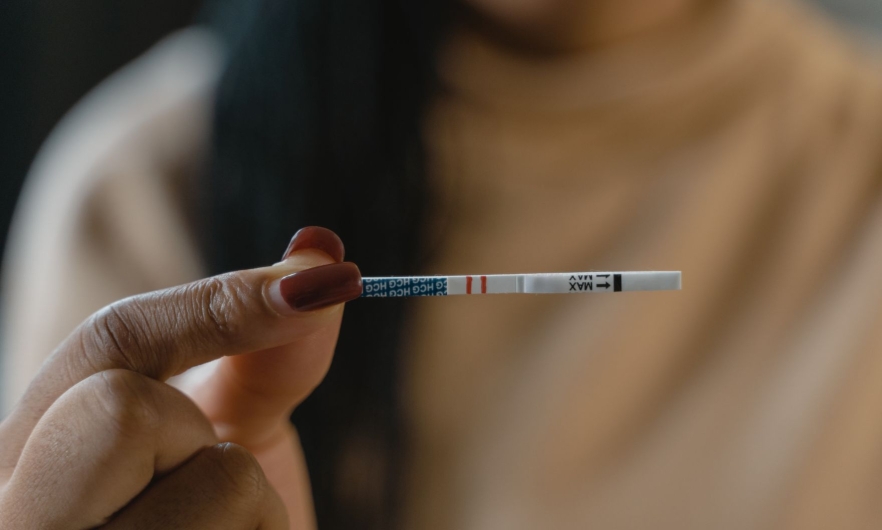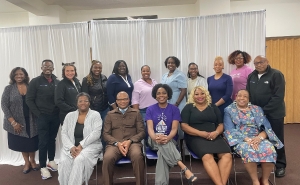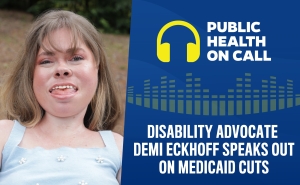New Research Sheds Light on Treatment and Harm Reduction Gaps Among Drug Users
Amidst rising stimulant drug use and an increasingly contaminated drug supply, there is a need for broader communication and fewer barriers to access of harm-reduction strategies

A new study led by Sachini Bandara, PhD, assistant professor in Mental Health, and Brendan Saloner, PhD, professor in Health Policy and Management, published in August in JAMA Network Open, revealed significant gaps in access to treatment and harm reduction services, as well as disparities in use of services, and suggests that targeted interventions are urgently needed to address the overdose crisis effectively.
More than one million people have died of drug overdose in the U.S. since 1999. In recent years, the majority of overdose deaths have involved fentanyl and other synthetic opioids, and overdose deaths involving stimulants, including cocaine and methamphetamine, have risen sharply. Overall overdose mortality has increased most rapidly among non-Hispanic Black adults and older people.
Conducted across Wisconsin, Michigan, and New Jersey, this study adds to what is known about overdose risk with the current drug supply because of the recency of data collection and targeted sampling of key populations with increasingly higher risk for overdose, including Black and Hispanic populations, older adults, and people who use stimulants. Similar surveys of people who use drugs (PWUD) have historically been small in scale, limited to clients of a small number of service providers, limited to certain types of drug use (e.g., opioids), and have been predominately comprised of younger, White non-Hispanic respondents.
The study, known as VOICES and supported by the Bloomberg Overdose Prevention Initiative funded by Bloomberg Philanthropies and conducted in partnership with Vital Strategies, aimed to understand how access to treatment and harm reduction services varies by overdose history and drug type among a racially and ethnically diverse population of drug users. It involved a cross-sectional telephone survey conducted between January and July 2023, with 1,240 participants recruited from 39 different treatment, harm reduction, and social service provider organizations.
Researchers found that 37.0% of respondents who had experienced an overdose in the past year reported using fentanyl test strips, compared to only 23.4% of those who had not experienced an overdose. Despite heightened awareness of test strips among overdose survivors, use was low among both groups. As Bandara noted, “our findings highlight the need for reducing barriers to accessing critical overdose prevention tools.”
Approximately 48.0% of all participants had received treatment in the past 30 days, indicating that while nearly half were accessing treatment, a substantial portion remained untreated. People who had overdosed were more likely to possess naloxone and use harm reduction services compared to those who had not overdosed. However, there was no significant difference in treatment use between these groups.
Notably, stimulant-only users were less likely to possess naloxone compared to opioid-only users and polysubstance users. Among stimulant-only users, 51.4% possessed naloxone compared to 77.3% of opioid-only users and 77.6% of polysubstance users. There were similar disparities between those different types of drug users in their use of fentanyl test strips with only 16.0% of stimulant-only users currently using fentanyl test strips.
The study’s results highlight critical gaps in the use of evidence-based treatment and harm reduction services that could significantly reduce overdose risks. Despite the availability of these services, many individuals, especially stimulant users, are not accessing them, suggesting a need for enhanced communication and outreach to promote these lifesaving services.
The study also identified several barriers to accessing treatment and harm reduction services, which include not being ready for treatment, a lack of perceived need for harm reduction services, and a lack of awareness or availability, as many participants said they were unaware of fentanyl test strips or how to obtain them.
“There are substantial gaps in the use of treatment and harm reduction services that could reduce overdose risk,” Bandara said. “In particular, we found low use of harm reduction and treatment services among people who use stimulants, and additional communication around their importance and efforts to remove barriers to access may help increase the use of these services amidst an increasingly contaminated stimulant drug supply.”
The findings suggest that targeted public health campaigns and outreach programs are essential to increase awareness and utilization of treatment and harm reduction services. The research underscores the urgent need for improved access to and utilization of harm reduction and treatment services to save lives. Addressing gaps in harm reduction practices through targeted interventions and increased awareness could significantly mitigate the overdose crisis, particularly in marginalized communities.





